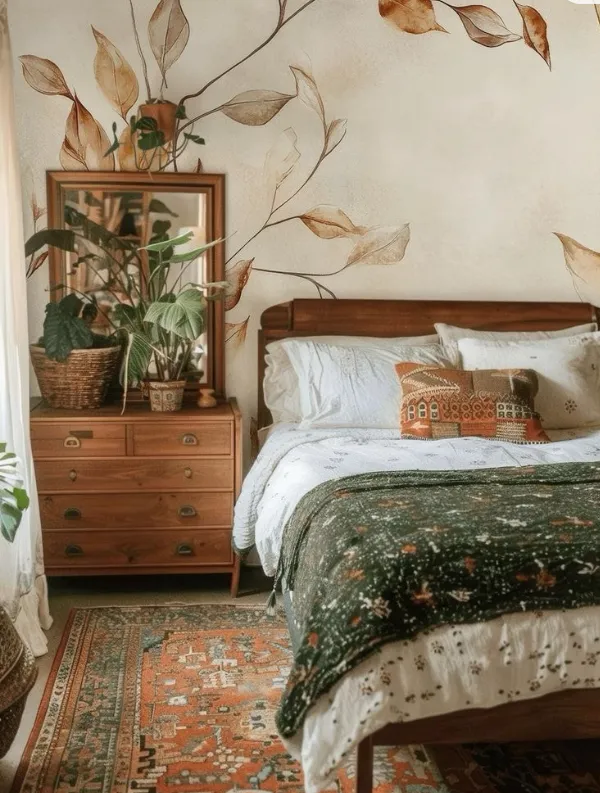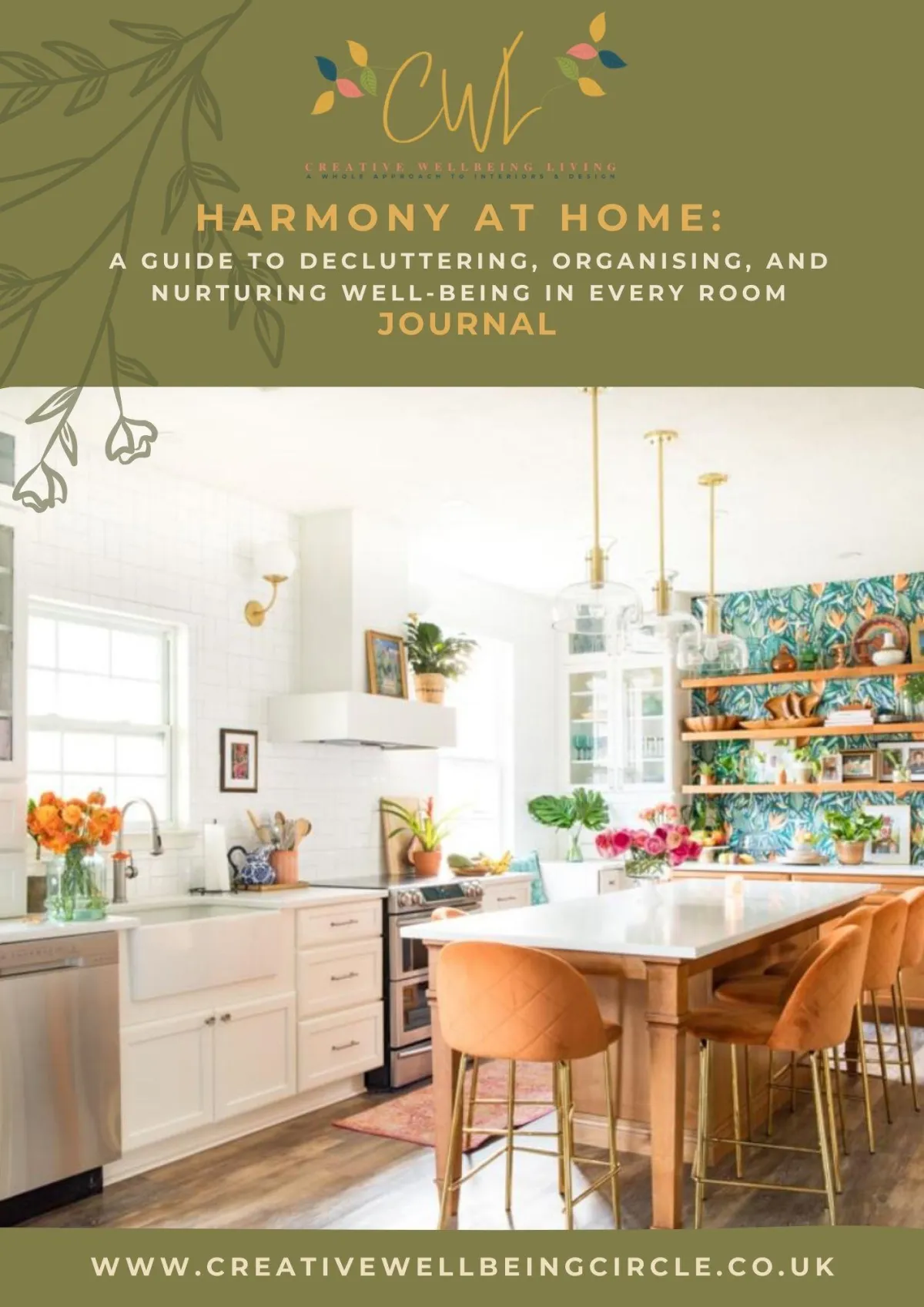STORIES
If walls could talk...

Sustainability Starts At Home - Making Eco-Friendly choices
Sustainability Starts at Home – Making Eco-Friendly Choices
April is here, and with it comes Earth Month—a time to reflect on how we can live more sustainably. But let’s be honest: the idea of “saving the planet” can feel overwhelming, especially when we’re just trying to get through our daily to-do lists. The good news? Sustainability starts at home, and small, intentional changes can make a big difference. Let’s dive into how to create an eco-friendly home that’s kind to the planet without sacrificing style.
1. Sustainable Materials: Choose Wisely
Your choice of materials has a massive impact on your home’s environmental footprint. Here are some eco-friendly options to consider:
Reclaimed Wood: Not only is it sustainable, but it adds character to furniture and decor. From dining tables to shelves, reclaimed wood is a win for the planet and your interiors.
Organic Textiles: Choose natural fabrics like organic cotton, linen, and wool for your curtains, cushions, and bedding. They’re biodegradable and free from harmful chemicals.
Bamboo: This fast-growing, renewable resource is perfect for flooring, furniture, and even kitchenware.
Recycled Materials: Look for furniture or decor made from recycled glass, metal, or plastic—chic and eco-conscious.

2. Declutter Responsibly: Reduce, Reuse, Recycle
Decluttering your home doesn’t mean filling up bin bags and calling it a day. Instead, think about where your items can go next:
Donate: Clothing, furniture, and decor in good condition can find new homes through charity shops or online platforms.
Recycle: Make use of local recycling facilities for paper, plastics, and electronics.
Upcycle: Get creative! Turn old jars into planters, repaint tired furniture, or use fabric scraps for DIY projects.

3. Go Toxic-Free: Clean Air, Clean Living
Many household products release volatile organic compounds (VOCs), which can harm both your health and the environment. Here’s how to detox your home:
Low-VOC Paints: Switch to eco-friendly paints that reduce harmful emissions.
Natural Cleaning Products: Use simple ingredients like vinegar, baking soda, and essential oils to create effective, chemical-free cleaners.
Beeswax Candles: Ditch synthetic candles for beeswax alternatives that purify the air while adding a cosy glow.

4. Energy Efficiency: Save Money, Save the Planet
Reducing energy consumption at home is one of the easiest ways to be more sustainable. Start with these steps:
LED Lighting: Replace traditional bulbs with energy-efficient LEDs—they last longer and use less power.
Smart Thermostats: Optimise your heating and cooling systems to reduce waste.
Seal It Up: Ensure windows and doors are properly insulated to prevent heat loss.
5. Sustainable Decor: Style with Purpose
Being eco-friendly doesn’t mean sacrificing style. Here’s how to decorate sustainably:
Shop Secondhand: Vintage shops and online marketplaces are treasure troves for unique, sustainable finds.
Natural Elements: Incorporate wood, stone, and rattan for an earthy feel.
Minimalism: Less is more. Focus on quality pieces that stand the test of time.

Why It Matters
Every small change adds up. By choosing sustainable materials, reducing waste, and using energy more efficiently, you’re not just creating a healthier home—you’re contributing to a healthier planet. Plus, eco-friendly choices often come with the bonus of being kinder to your wallet in the long run.

Ready to create a home that’s beautiful, sustainable, and supportive of your wellbeing? Join my 10-week Wellbeing Interior Design course and discover how to transform your space with intention and purpose. Let’s make your home (and the planet) a little greener together!
Join the waiting list for the September cohort either in Cheltenham at the lovely Isbourne of join me for my online course. And if you want to ask me any questions feel free to reach out to me via email
Love as always
Andrea X

FREE DOWNLOAD
Harmony At Home
Starting with 'Harmony At Home' A guide to decluttering, organising and nurturing wellbeing.
© Copyright 2023 Creative Wellbeing Living

Facebook
Instagram
LinkedIn